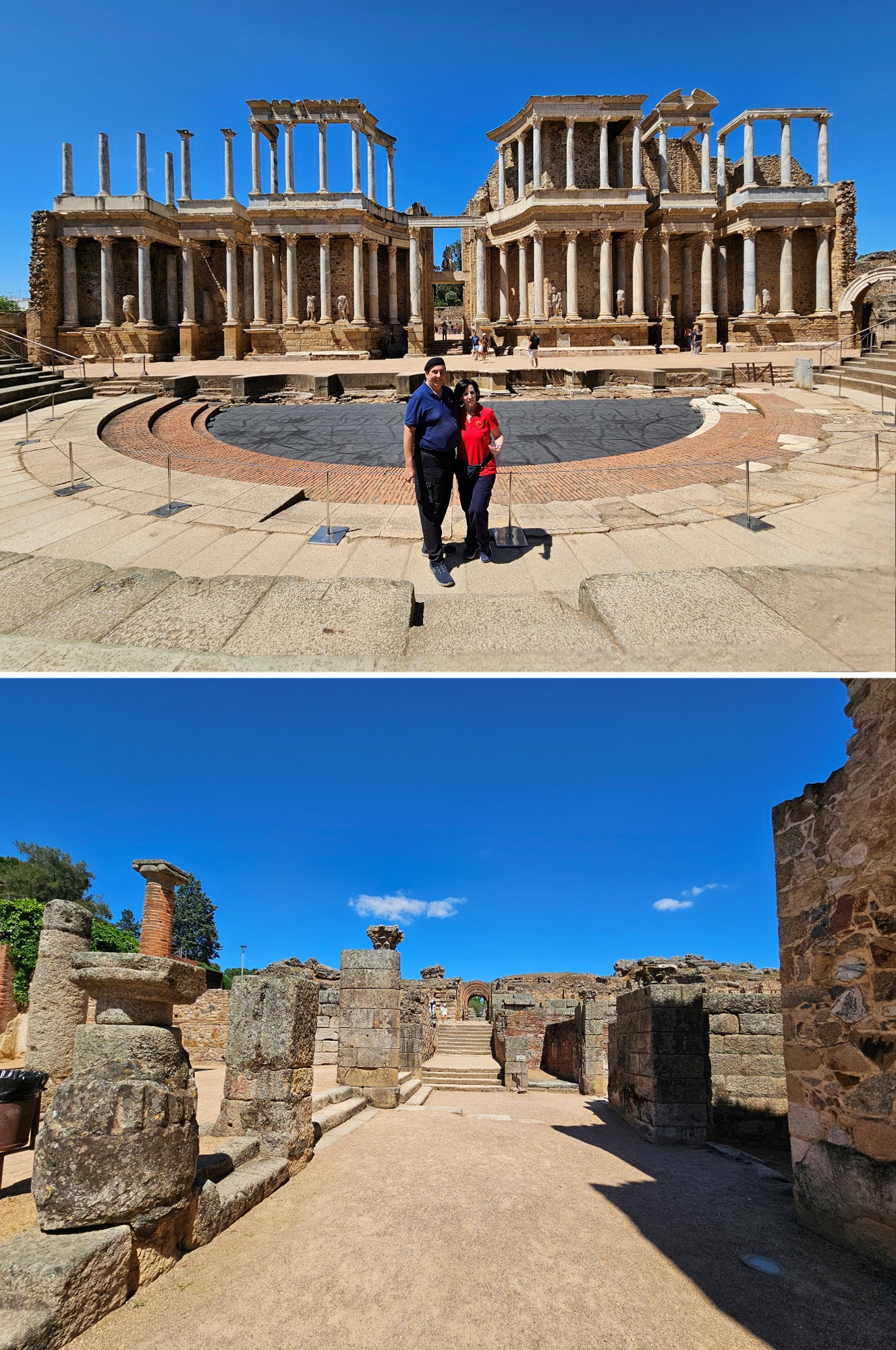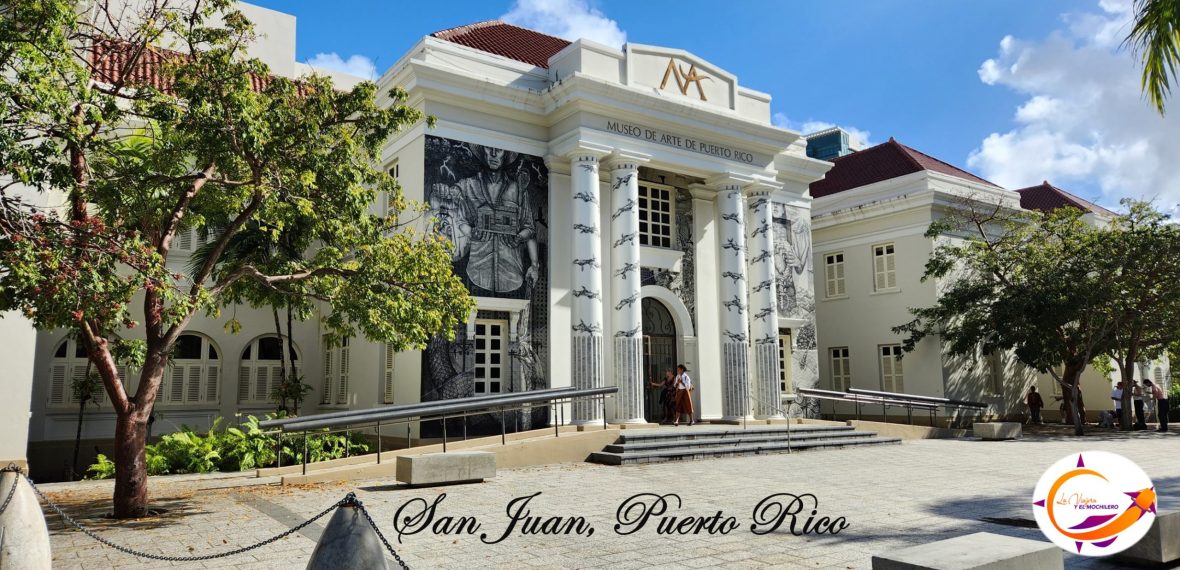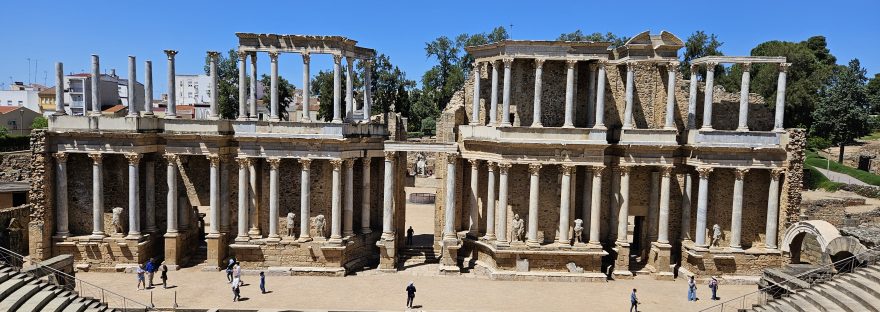One of the best-preserved Roman theaters in the world is the Roman Theater of ancient Emerita Augusta, now Mérida in Extremadura, Spain. It is part of the Archaeological Ensemble of Mérida, declared a UNESCO World Heritage Site in 1993, and is a symbol of Rome’s cultural and urban influence in Hispania. Visiting it is a must after touring the Roman Amphitheater, as the two monuments are closely connected, making it hard to overlook the Theater.
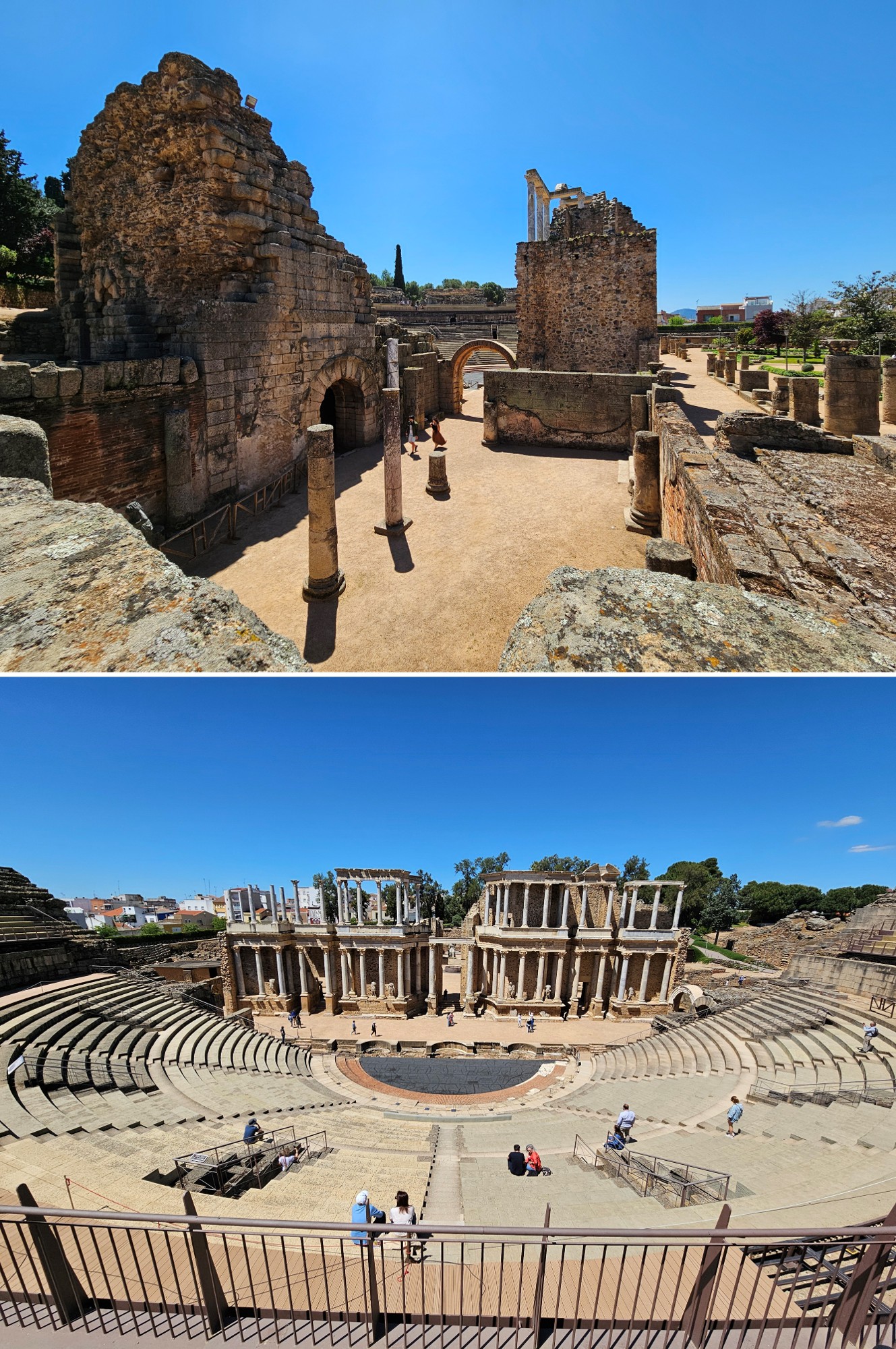
The Roman Theater was inaugurated around 16–15 B.C., promoted by Consul Marcus Vipsanius Agrippa, the emperor Augustus’ son-in-law, as part of a policy of Romanization through leisure and culture. Inspired by Greek and Roman works, the theater hosted performances including comedies, tragedies, and pantomimes.
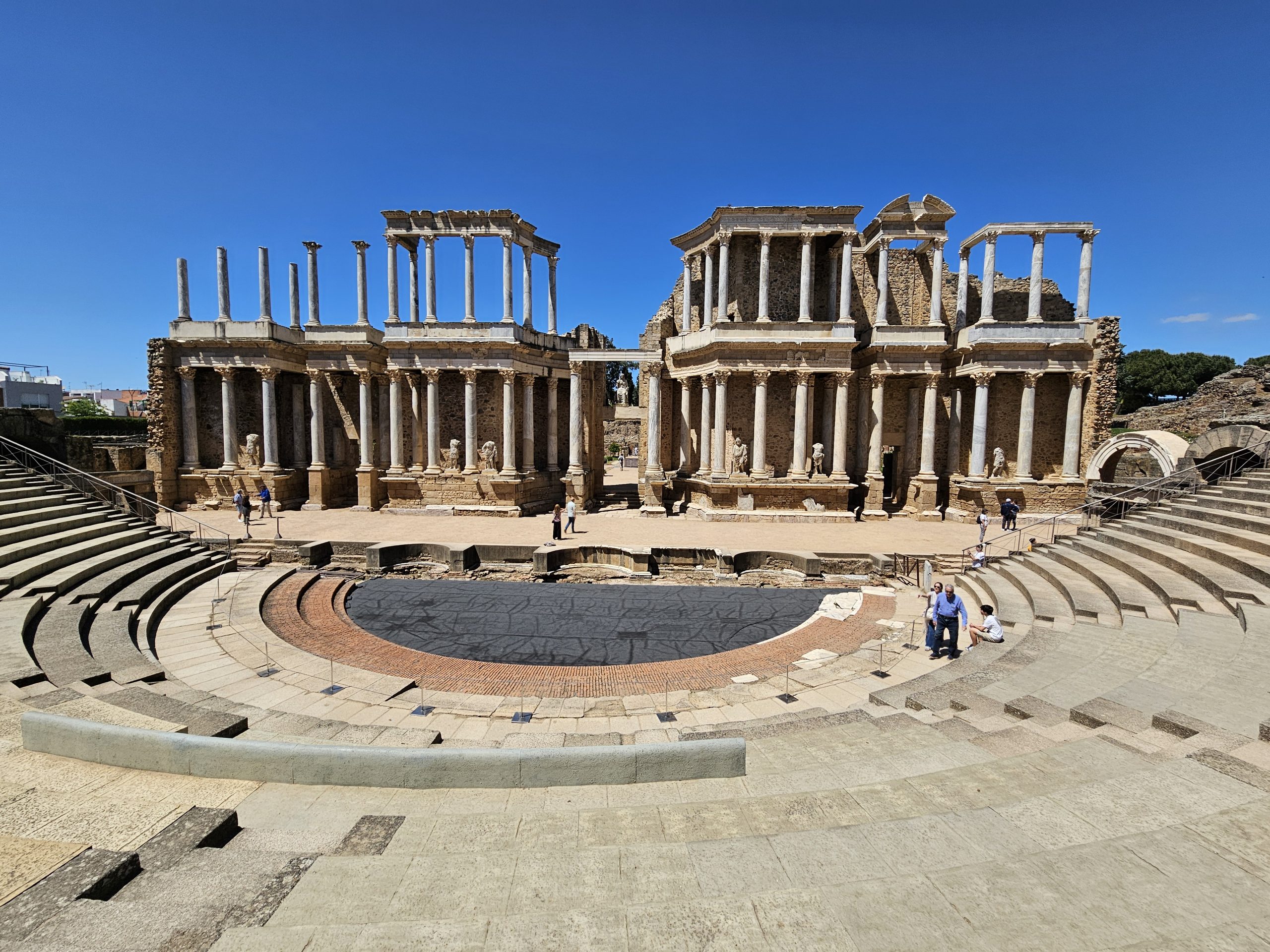
The Roman Theater of Mérida had a capacity of approximately six thousand spectators, arranged in three tiers of seating organized from bottom to top according to social rank. These seats were separated by aisles and barriers and were divided into the cavea summa, media, and ima. The theater’s organization was as follows: the Orchestra, a semicircular area in front of the stage reserved for authorities; the Scaenae Frons, the impressive stage façade decorated with columns and statues; the Vomitoria, passageways allowing the audience to enter and exit; and the Velarium, a type of canopy that protected spectators from the sun.
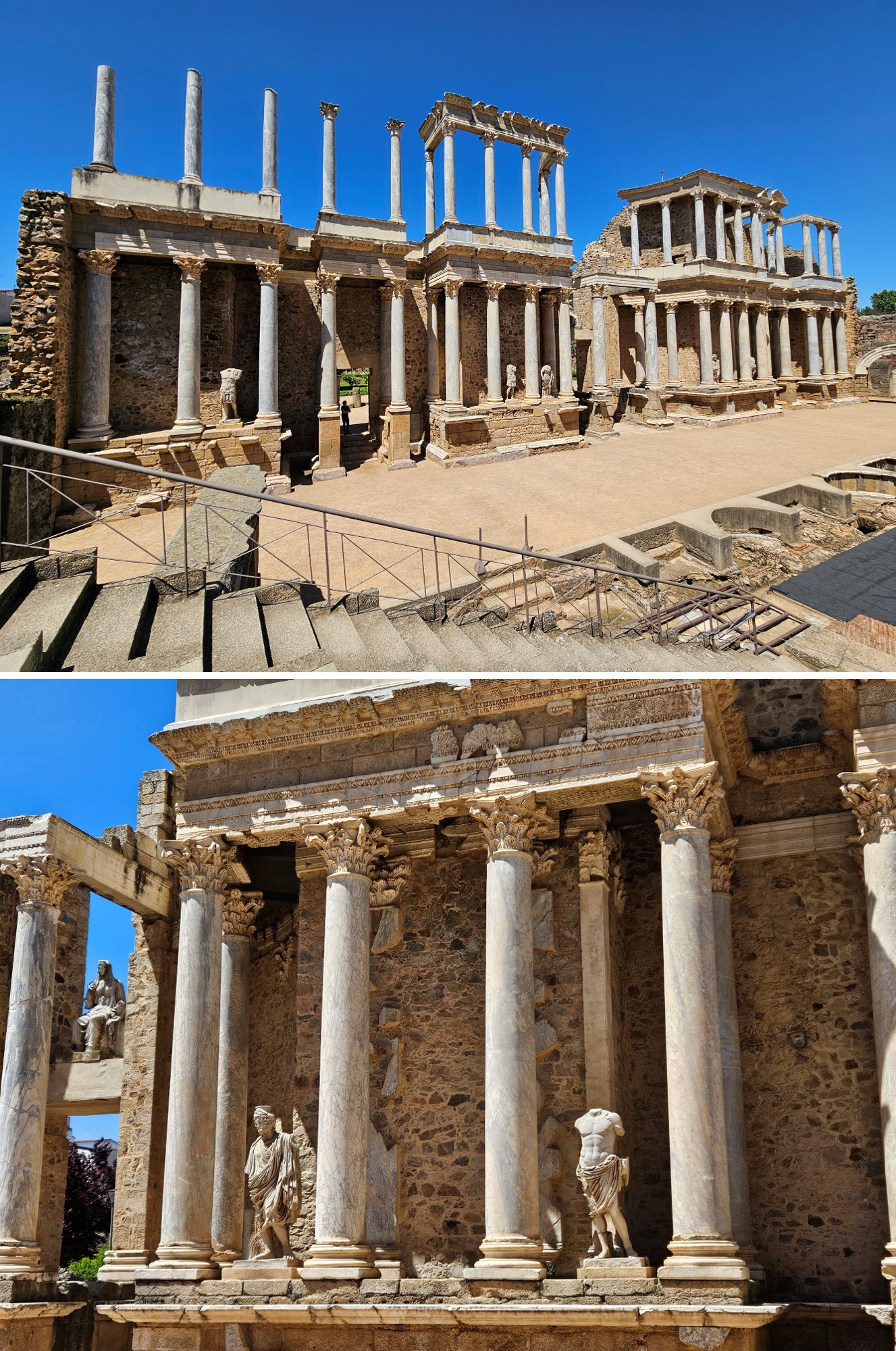
The most spectacular area of the theater is the front of the stage, adorned with two rows of marble columns. Between them, a series of sculptures complement the decoration: Ceres, Pluto, Proserpina, and various statues, some dressed in togas and others in armor, interpreted as imperial portraits. At the back, aligned with the central stage door, is a small room believed—based on findings such as the veiled head of Augustus—to have been dedicated to the imperial cult.
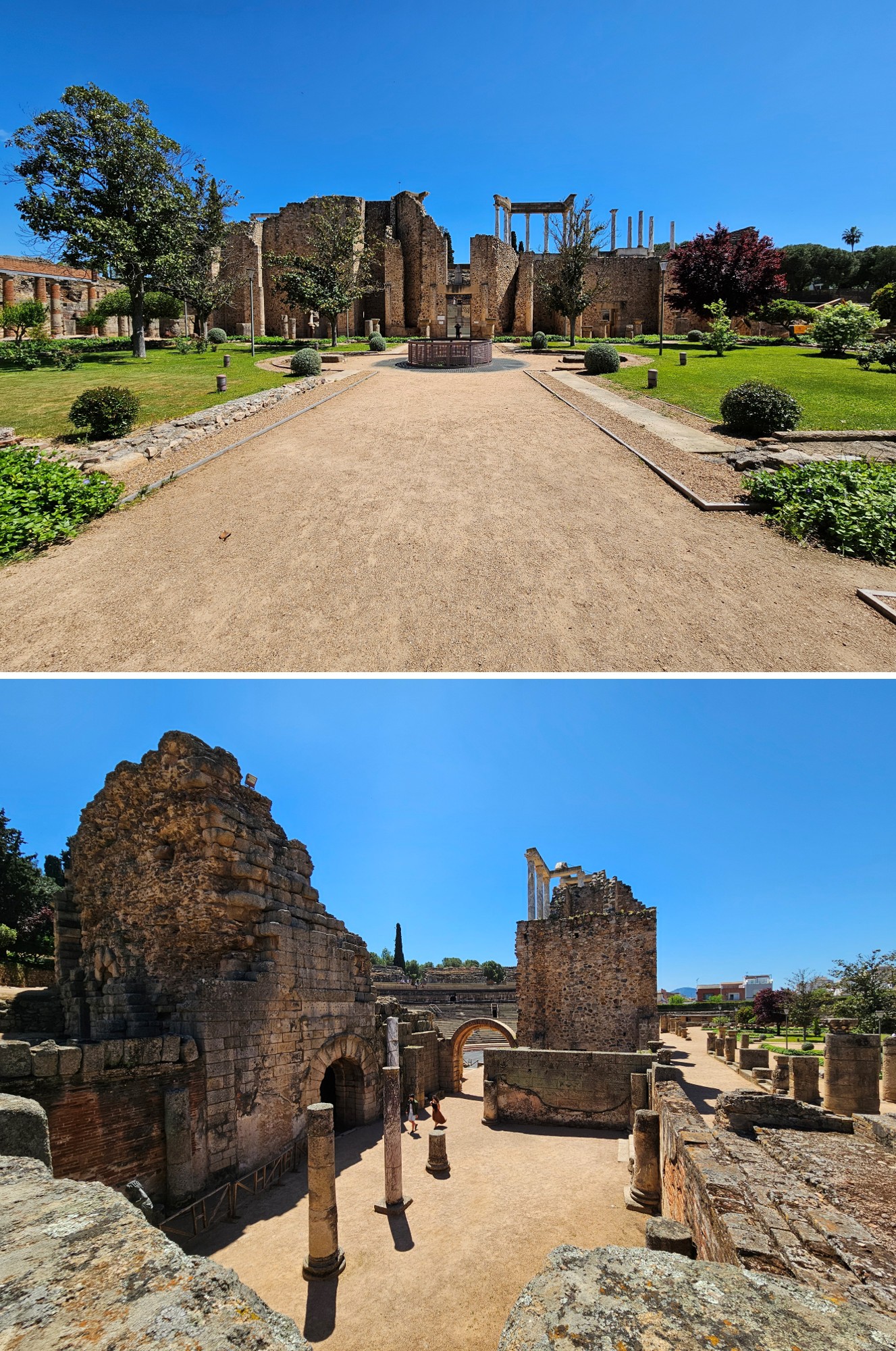
Behind the stage area of the Roman Theater of Mérida is the peristyle, a landscaped area intended for leisure. Originally, this space was surrounded on all four sides by a double colonnade of rough granite columns (granite in its natural, unprocessed state with a rough texture), decorated with stucco and paint.
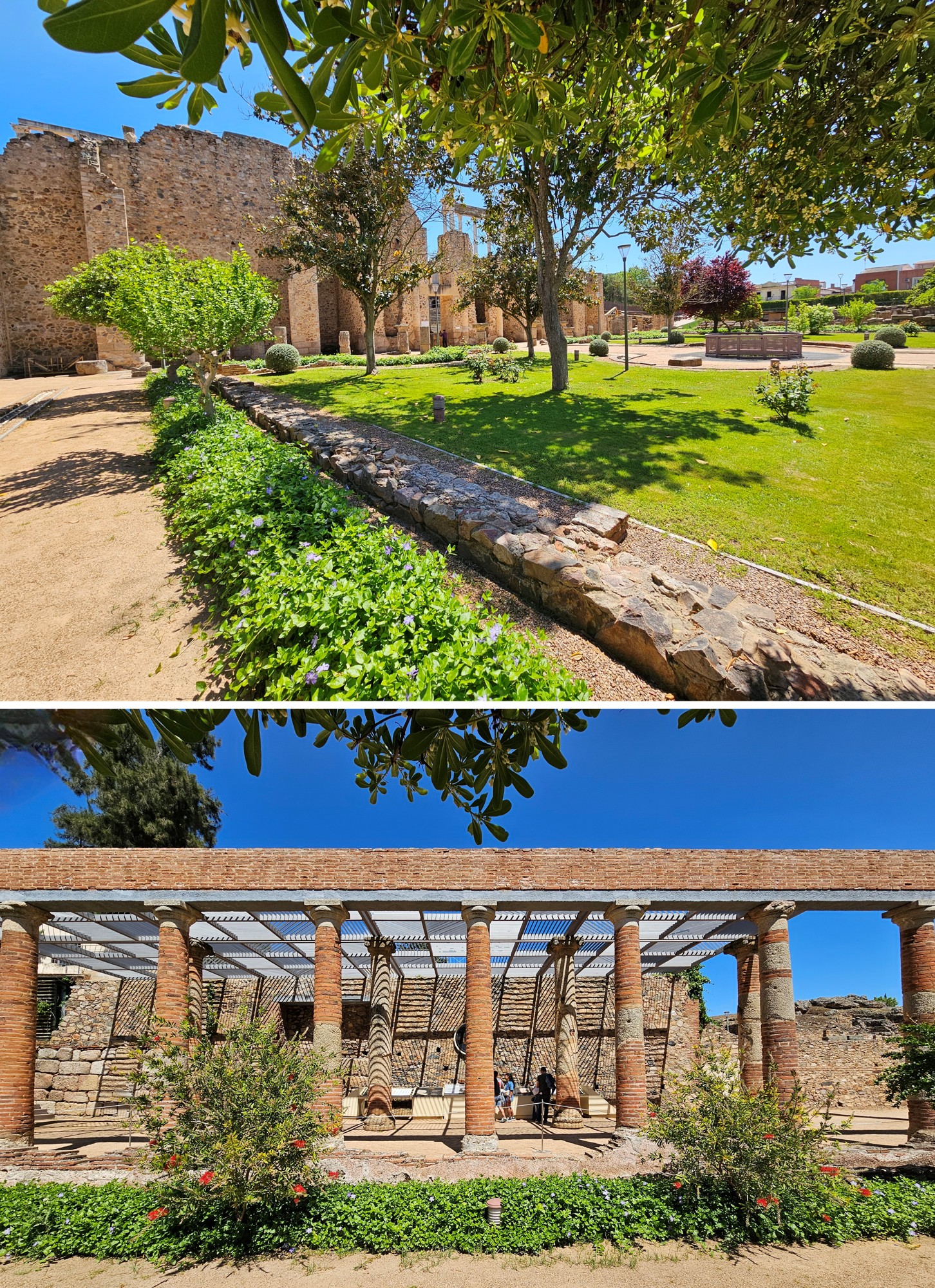
At the far end of this square peristyle, aligned with the theater’s axis and the valva regia (the main central stage door), is a small rectangular room where several significant artifacts were discovered. Initially interpreted as a library, the finding of several statues—including the famous veiled portrait of Augustus as Pontifex Maximus and another of Tiberius—along with inscriptions related to the imperial cult, led scholars to conclude that this space served that cult before it was later moved to the Temple of Diana.
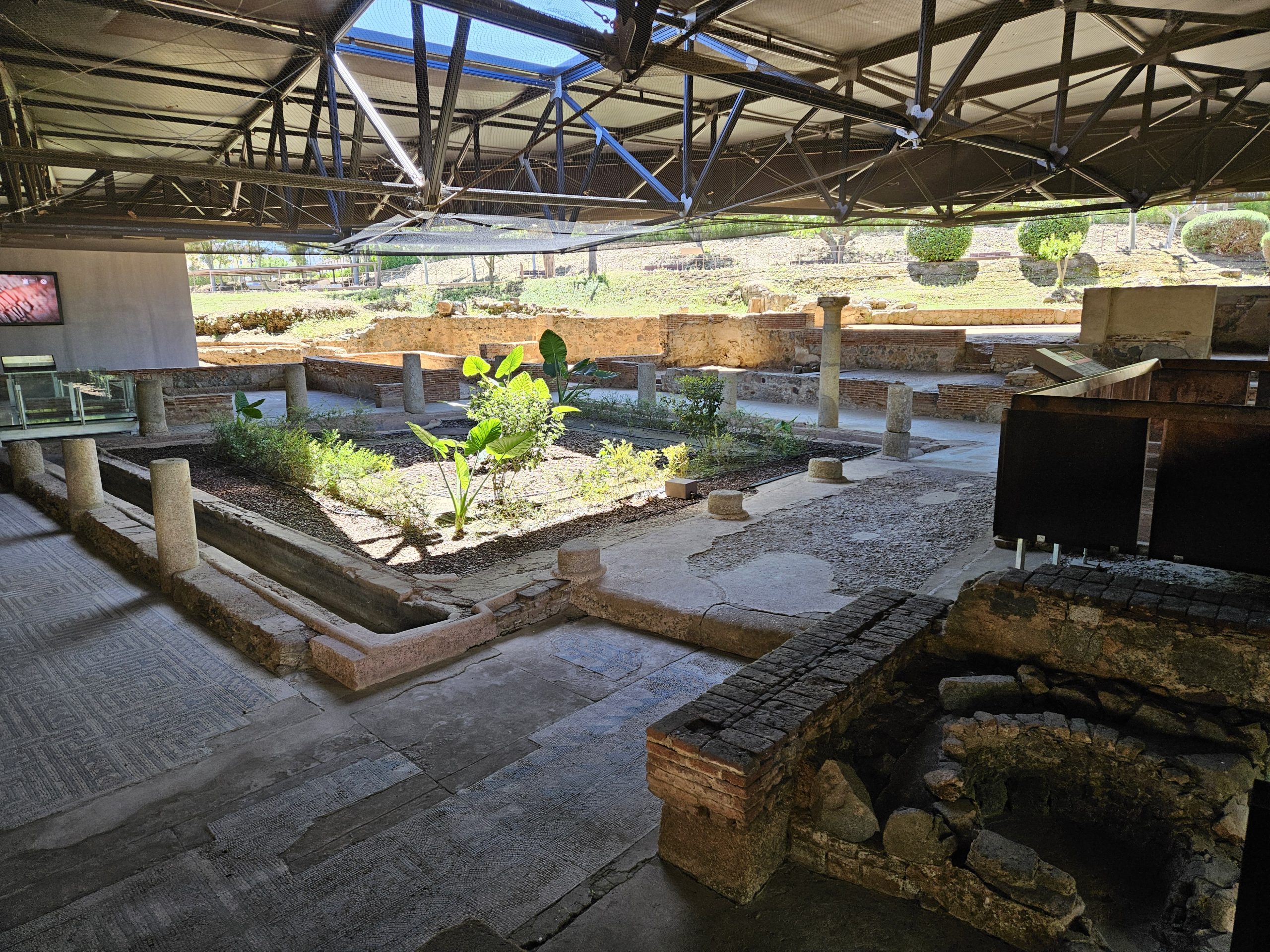
To the west of the peristyle are the remains of the so-called House-Basilica or House of the Theater, built after the theater was abandoned. This residence is one of the most remarkable examples of domestic architecture in Mérida; it features a courtyard surrounded by columns and pilasters, as well as several rooms, some with an apse shape. The most important room contains murals depicting life-sized human figures.
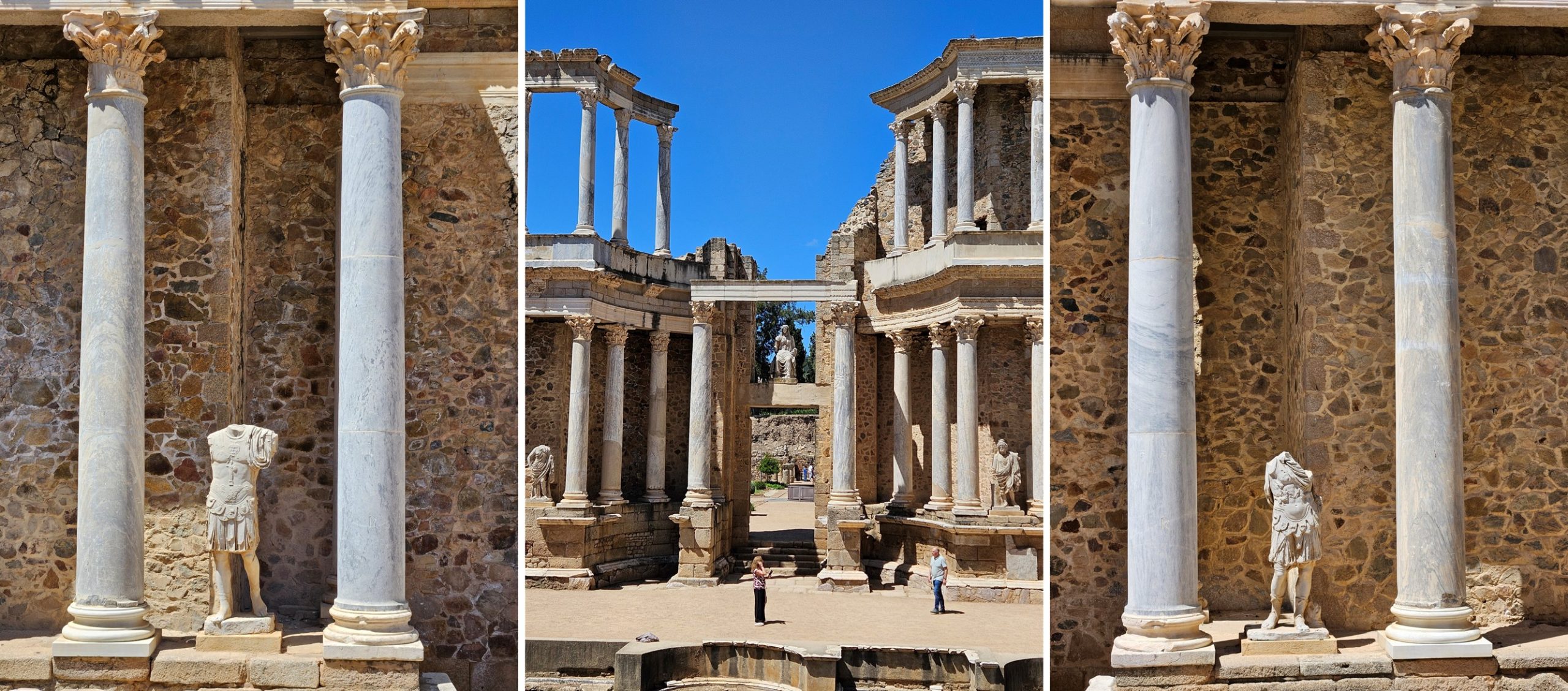
After the fall of the Roman Empire and the spread of Christianity, the theater was abandoned, and parts of its structure were looted for other buildings, while the rest was buried underground. For centuries, the Roman Theater of Mérida remained hidden, with only the upper part of the seating visible—seven large blocks popularly known as the Seven Chairs. It was rediscovered and excavated starting in 1910.
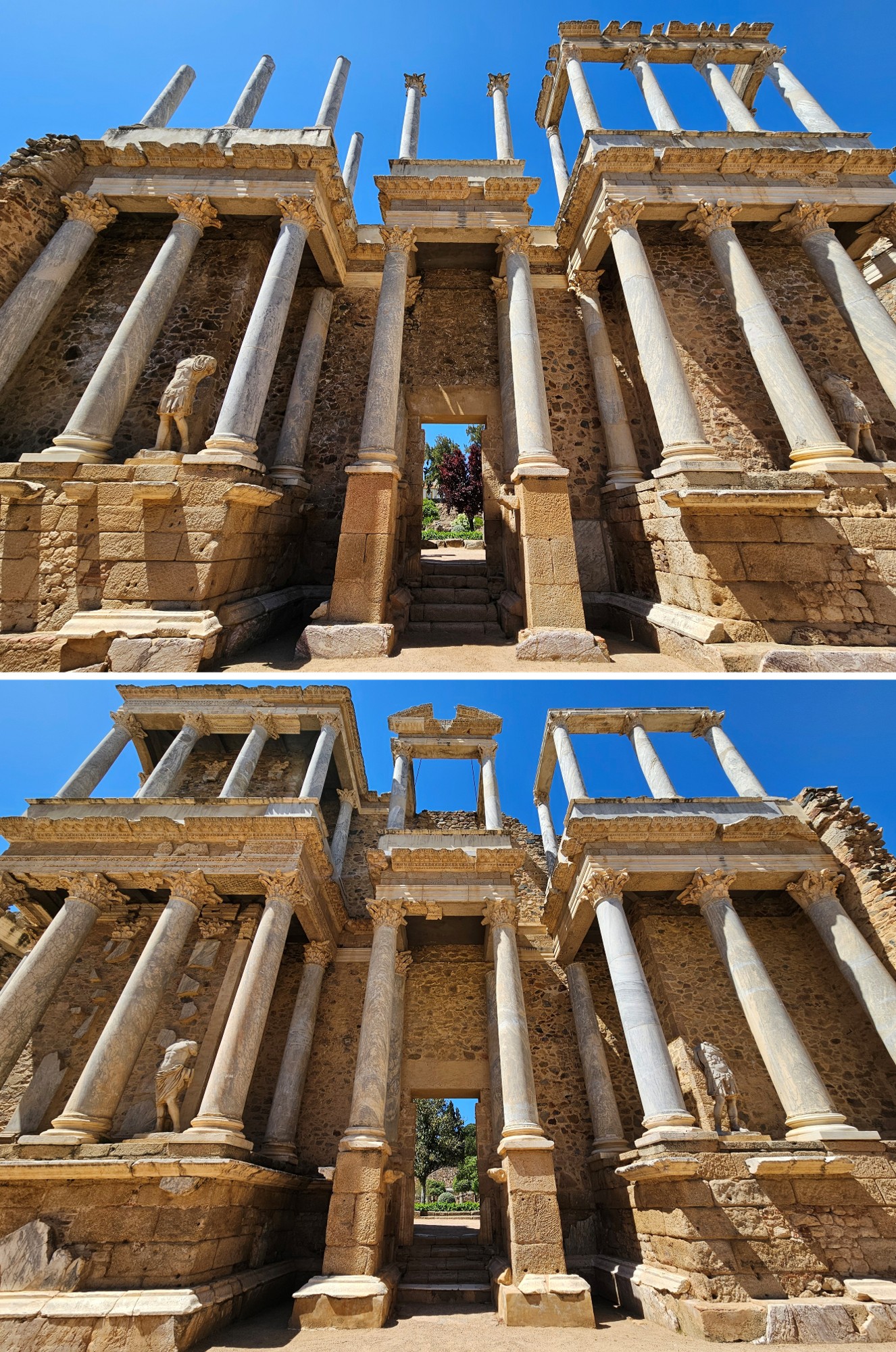
Since 1933, this Roman Theater has hosted the prestigious International Classical Theater Festival of Mérida. Every summer, theatrical performances, opera, and dance are presented, including classical and contemporary works such as Electra, Numancia, and Medusa, among others. Experiencing one of these performances on such a magnificent stage, where the audience is transported back to ancient Emerita Augusta, is priceless—an experience that lasts a lifetime, at least that’s how we see it.
